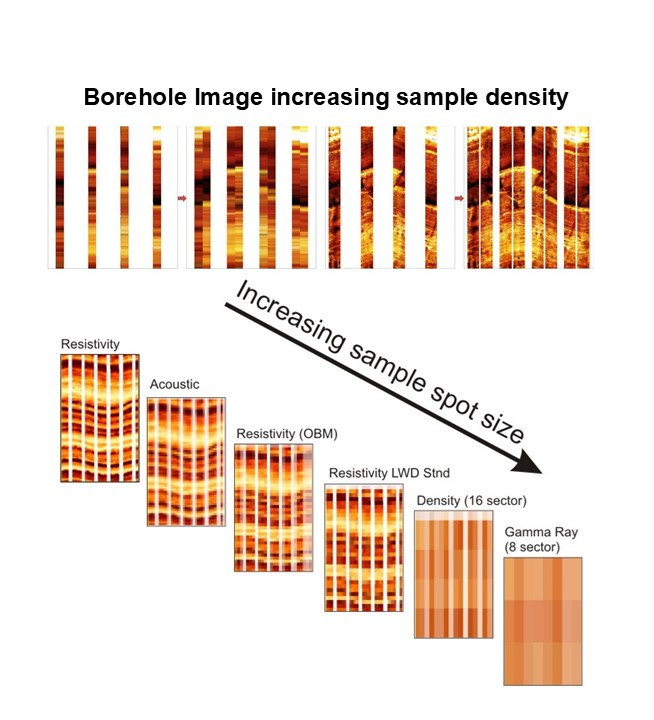
- This event has passed.
PESA SA/NT November Technical Luncheon- Core-logging reveals a cost-effective way to develop a regional depositional model across the Patchawarra Formation in the Cooper Basin of South Australia.
Thursday, 24 November, 2022 @ 12:00 pm - 2:30 pm (Australia/Adelaide time)
$25.00 – $75.00Core-logging reveals a cost-effective way to develop a regional depositional model across the Patchawarra Formation in the Cooper Basin of South Australia.
Presented by: Chris Cubitt (PERM Consulting Pty Ltd), Rob Kirk (Rob Kirk Consultants) and Sharon Tiainen (PERM Consulting Pty Ltd)
Abstract
The gross depositional environment (GDE) of the early Permian Patchawarra Formation (Patchawarra) is typically reported to be dominantly fluvial. However, recent logging and interpretation of Patchawarra core from seven wells in the South Australian portion of the Cooper Basin reveals the common presence of lacustrine GDEs.
Of the 296 m of described core, fluvial plain depositional environments (DEs) comprise 50%, lacustrine DEs 41% and lacustrine delta DEs 9%. The fluvial plain DEs were mostly developed in the lower to middle Patchawarra and the lacustrine and lacustrine delta DEs in the upper Patchawarra. Notably a change in GDEs, to more lacustrine-dominated intervals, may change reservoir presence risking aspects, especially on the Western Flank.
Lacustrine deltas (with significant bioturbation), and associated turbidites, are interpreted along with possible incised valley fills (IVFs) at Fly Lake 2, Haslam 1 and Talaq 1. In addition, GDE sketches illustrate depositional models for both fluvial and lacustrine settings and reveals that a regional understanding of the Patchawarra can be gained by using a quick look core logging/interpretation approach.
Cost effective core logging illustrates that the Patchawarra should not be ubiquitously regarded as a meander-fluvial system but rather the stratigraphic and geographic position needs to be considered before assigning a dominant gross depositional setting.
Event Details:
Thursday, November 24th, 2022
Luncheon: 12 pm for a 12:30 pm start
Place: Ayer’s House, 288 North Tce, Adelaide
Includes a 2-course lunch and drinks
Tickets:
Student Members – $25
Members – $60
Non-members – $75
SPE and ASEG Members- $60
Bookings close 1 pm Monday, November 21rs.
Any late bookings will incur an additional $20 fee. Strictly no walk-ins.



